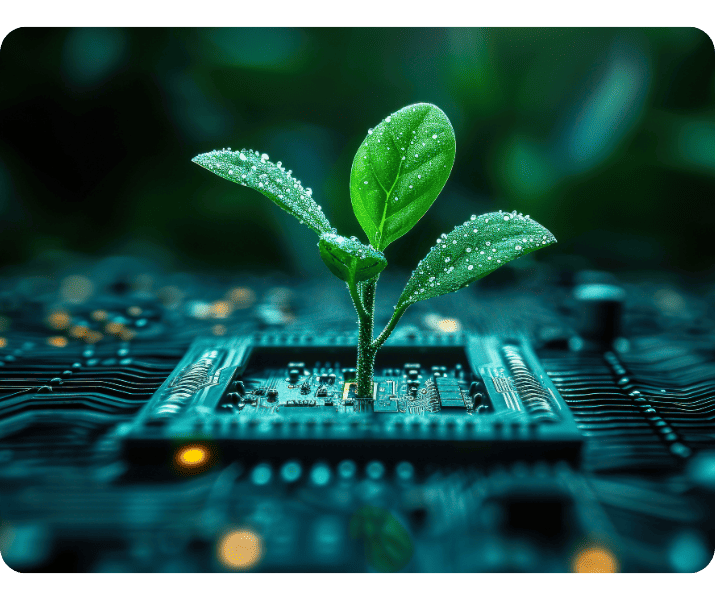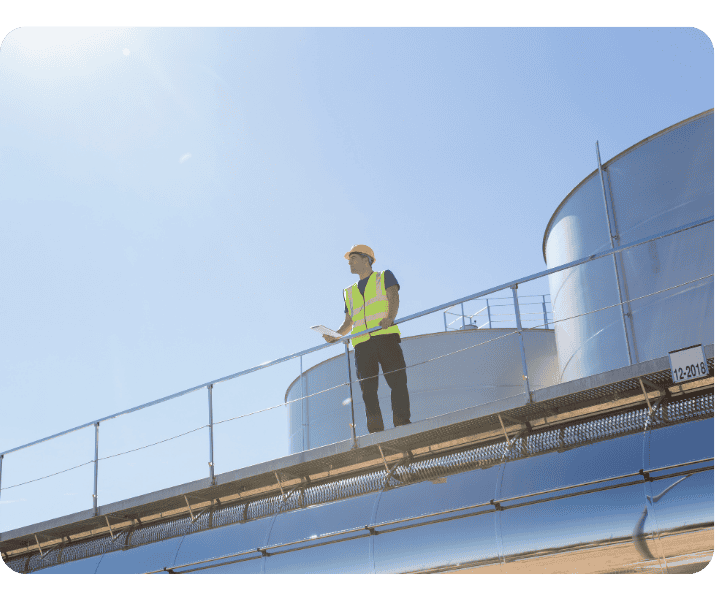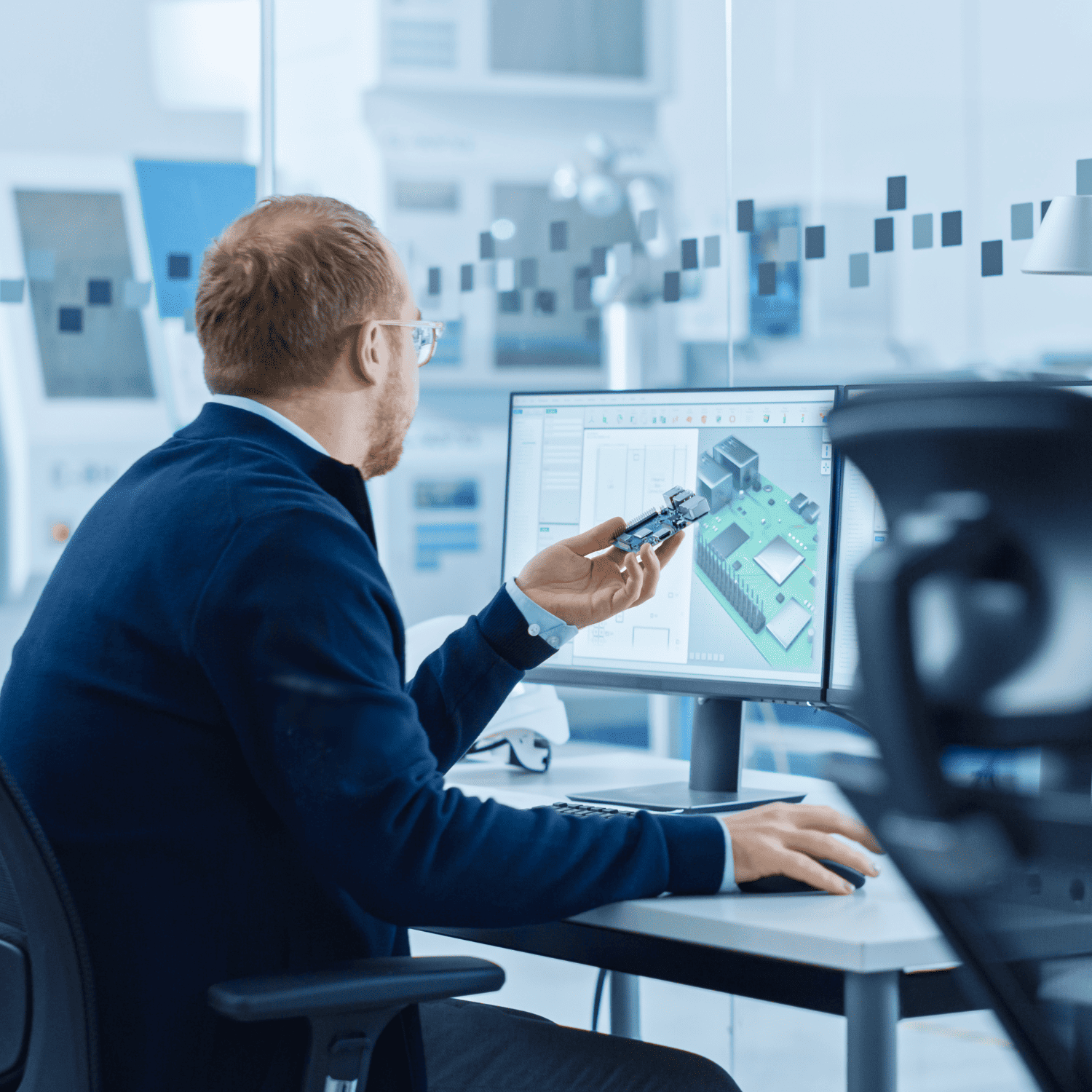A flexible offer for your product development
For each project, we propose two complementary approaches:
Custom solutions
From designing integrated circuits to complete IoT systems with cloud and edge computing, our solutions are adapted to your specific needs.
Ready-to-use solutions
Built on proven technologies, these solutions accelerate development and deployment. This offer includes:
- Three IoT platforms : LX Sense, LX Gate et LX IOT suite
- A selection of reference designs for non-IoT products
This hybrid approach enables us to support clients across various industries while ensuring performance, security, and cost optimization.

A strong commitment to eco-design
We integrate environmental considerations from the earliest stages of product development to offer eco-efficient solutions.
- Life cycle assessment (LCA) of previous or equivalent product versions
- Identification of eco-design improvement opportunities
- Monitoring and validation of implemented actions
- Comparison of initial and final LCAs to measure improvements
This approach is applied across all LACROIX electronic products and extended to our clients to reduce environmental impact.
Integrated cybersecurity with
« Security by Design »
Cybersecurity is at the core of our development process. With our « Security by Design » approach, we ensure protection that is adapted to market needs and regulatory requirements.
- Cybersecurity integrated from design to end-of-life
- Respecting LACROIX’s values and brand commitments
- Compliance to regulations throughout the product lifecycle
This approach guarantees the reliability and longevity of our solutions while meeting customer and regulatory expectations.


Industry-leading standards and best practices
Our methodologies are based on industry best practices and the highest standards.
- Compliance with Automotive SPICE, with a goal to reach Level 2 by 2026
- Adherence to cybersecurity (Cyber Resilience Act) and safety (ISO 26262) requirements
- Capability to design ASIL B-certified products and IoT-compliant solutions
Comprehensive expertise from design to industrialization
As an industrial group ranked among the top 10 EMS in Europe and top 50 EMS worldwide, LACROIX goes beyond design. We support our clients all the way to industrialization, ensuring a seamless transition from development to production.

